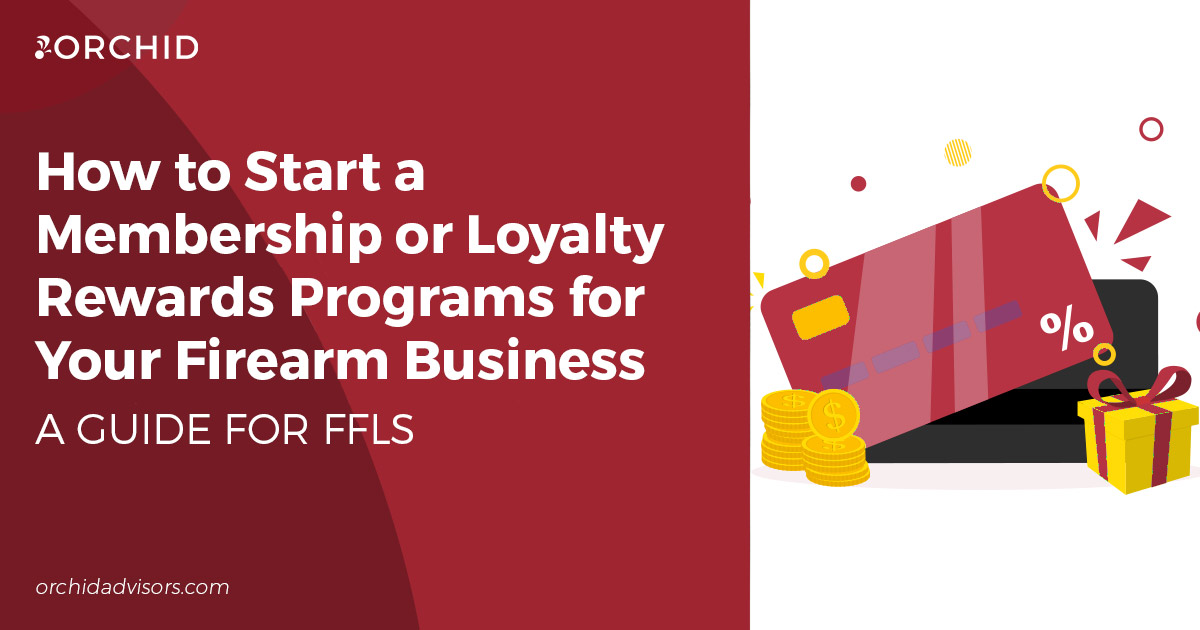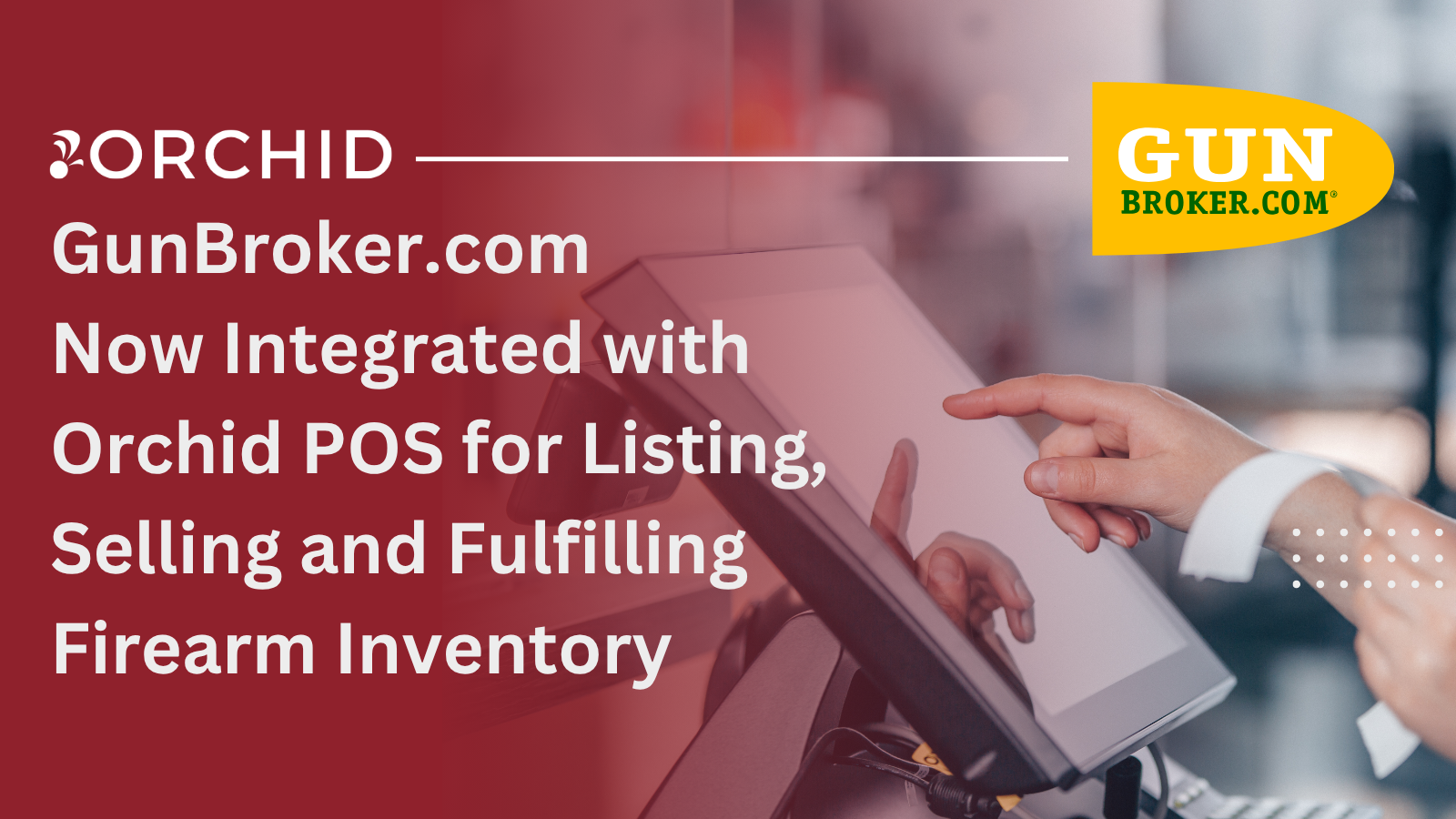In the fiercely competitive realm of firearms, cultivating a steadfast customer base is crucial for sustained success. An effective strategy to forge and nurture this dedicated following involves the implementation of membership or loyalty rewards programs. These initiatives not only stimulate repeat business but also cultivate a profound sense of community and trust among your clientele. This guide is designed to seamlessly navigate you through the steps required to launch a membership and loyalty rewards program tailored to the distinctive needs of your firearm business.
Distinguishing between the two, a membership model operates as a paid and proactive service, while a loyalty program typically takes on a free and passive nature. Ensuring the attractiveness of benefits tailored to your target audience is crucial. This not only sets your membership program apart from others but also solidifies its value proposition within the competitive landscape.
Step 1: Define Your Objectives
Before diving into the logistics, it’s essential to clarify your program’s objectives. Ask yourself:
- What do you want to achieve with this program? (e.g., increase customer retention, boost sales, enhance customer engagement)
- What rewards and benefits will you offer to members?
- How will you measure the program’s success?
Having clear goals will guide your decisions throughout the program’s development and implementation.
Step 2: Know Your Customer Base
Understanding your customers’ preferences and shopping habits is key. Collect data on your existing customer base to identify trends and segments that can benefit from a loyalty program. This information will help you tailor your program to meet the specific needs and interests of your customers. Here are some ways you may consider to collect data:
- Customer Purchase History: Analyze historical purchase data to identify which products are popular and which customer segments tend to make repeat purchases. Look for patterns in the types of firearms or accessories customers prefer.
- Demographic Information: Collect demographic data, such as age, gender, location, and income level, to segment your customer base. Different demographic groups may have distinct preferences and needs.
- Customer Surveys: Conduct surveys to gather insights directly from your customers. Ask about their interests, shopping habits, and what types of rewards or benefits would motivate them to join a loyalty program.
- RFID and POS Systems: Use RFID technology or your point-of-sale (POS) system to track customer behavior in-store. This can reveal which areas of your store are most visited and which products receive the most attention.
- Website Analytics: Utilize web analytics tools to track online behavior. Identify which product pages receive the most traffic, which products are frequently added to carts, and which pages have high bounce rates.
- Social Media Insights: Monitor social media engagement and analyze which posts or content receive the most likes, shares, and comments. This can provide insights into customer interests and preferences.
- Email Marketing Data: Analyze email marketing campaign data, such as open rates and click-through rates. Determine which types of content and promotions resonate most with your audience.
- Purchase Timing: Look at the timing of purchases. Are there specific seasons, holidays, or events that drive increased sales? This can help you plan loyalty program promotions strategically.
- Customer Feedback: Review customer feedback and complaints to identify pain points and areas where customers may appreciate additional incentives or benefits.
- Competitor Analysis: Study your competitors’ loyalty programs and customer demographics. This can help you understand which customer segments they are targeting and whether there are gaps in the market you can fill.
- Customer Behavior Segmentation: Segment your customer base based on behavior, such as frequency of visits, purchase amount, or product category preferences. This can help you tailor loyalty program offerings to different customer segments.
- Lifetime Value Analysis: Calculate the lifetime value of your customers to identify your most valuable customers. These customers are prime candidates for loyalty programs and special offers.
- Geographic Data: Analyze geographic data to understand regional preferences and trends. Different areas may have unique interests or regulatory considerations related to firearms.
- Focus Groups and Interviews: Conduct focus groups or one-on-one interviews with customers to gain qualitative insights into their motivations and expectations regarding a loyalty program.
Step 3: Choose a Loyalty Model
Will you charge a monthly, quarterly, or annual fee? Will you offer different membership tiers with different benefits and pricing? Consider your costs and the value of your benefits when setting your membership fees. You want to make sure that your membership program is profitable for you, but you also don’t want to overprice it and alienate potential members.
There are various loyalty program models to choose from. Common options include:
- Points-Based: Customers earn points for each purchase, which they can redeem for rewards.
- Paid Membership: Customers pay a monthly or annual fee for exclusive benefits and discounts.
- Punch Card: Customers receive a stamp or punch for each purchase, leading to a free or discounted item after a certain number of punches.
Select a model that aligns with your business and appeals to your target audience.
Step 4: Set Up a Loyalty/Membership Platform
To efficiently manage your loyalty program, consider using a loyalty platform or software. These tools can help you track customer activity, issue rewards, process payments and communicate with members effectively. There are several different membership management platforms available, so be sure to choose one that meets your needs and budget. Orchid POS™ is a great option, contact Orchid to learn more.
Step 5: Determine Rewards
The success of your program hinges on the attractiveness of your rewards. Firearms-related rewards might include:
- Discounts on future purchases.
- Early access to new firearm releases.
- Exclusive access to training sessions or workshops.
- Members-only events or shooting range privileges.
- Limited-edition firearm accessories or merchandise.
Ensure that the rewards align with your customers’ interests and provide genuine value.
Step 6: Promote Your Program
Spread the word about your loyalty program through various marketing channels:
- In-Store Signage: Display program details prominently in your physical store.
- Email Campaigns: Send targeted emails to your customer base.
- Social Media: Share program updates and exclusive offers on your social media platforms.
- Website Integration: Add program information and sign-up options to your website.
Step 7: Monitor and Adjust
Once your loyalty program is up and running, regularly analyze its performance. Pay attention to customer engagement, redemption rates, and the overall impact on sales. Use these insights to make adjustments to your program to better meet your objectives and customer needs.
Step 8: Provide Excellent Customer Service
Remember that a loyalty program is an extension of your brand’s customer service. Ensure that your staff is knowledgeable about the program and can assist customers with any questions or issues.
Starting a membership and loyalty rewards program for your firearm business takes planning and commitment, but the benefits can be substantial. By providing value to your customers and fostering a sense of community, you can build a loyal customer base that will support your business for years to come.









0 Comments